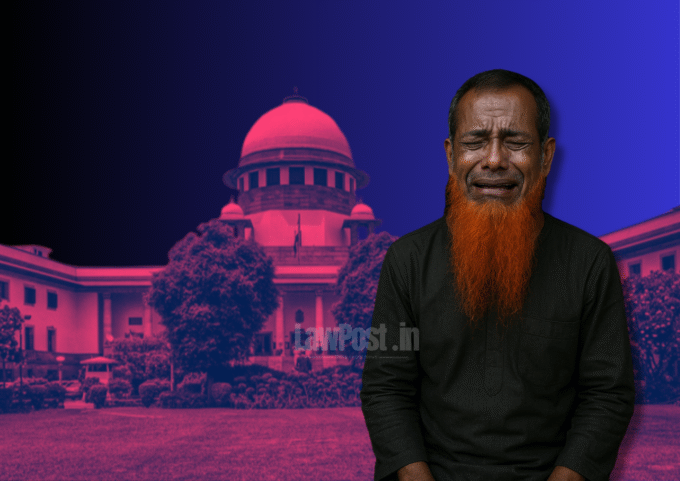The Supreme Court of India has taken cognizance of a Public Interest Litigation (PIL) challenging attempts by private entities to trademark the term ‘Operation Sindoor’, the official name given to India’s recent military operation in response to the Pahalgam tourist killings.
The PIL, filed by Delhi-based advocate Dev Ashish Dubey through advocate Om Prakash Parihar, contends that the name symbolizes collective national mourning and military valor and should not be subject to commercial exploitation.
Soon after the operation was announced, multiple applications — including one initially by Reliance — were filed under Class 41 of the Trade Marks Act, which pertains to entertainment, cultural and educational services. Although Reliance later withdrew its application following public backlash, 11 other entities continue to seek registration of the mark.
The plea argues that such commercialization is “insensitive” and violates Section 9 of the Trade Marks Act, 1999, which prohibits registration of marks that are contrary to public morality or likely to hurt religious or national sentiments.
“‘Operation Sindoor’ holds immense emotional and symbolic value, especially for the widows of martyred soldiers. The term ‘sindoor’ is not just a cultural symbol of marriage but here it reflects the ultimate sacrifice made by their spouses,” the plea states.
Highlighting the ethical dimensions, the petition adds, “The exploitation of national grief for private commercial gain is deeply problematic and must be restrained.”
Although the Court has not yet issued a detailed order, it observed orally, “Names associated with national operations and sacrifice must not be trivialised or used for branding. Such matters touch upon collective conscience and must be dealt with sensitively.”
The petition urges the apex court to direct the Trademark Registry to reject any application seeking to monopolize the name ‘Operation Sindoor’, and to issue broader guidelines to prevent similar instances in the future.
The matter raises urgent questions at the intersection of intellectual property rights, public morality, and national sentiment, and is likely to set a precedent on how symbols of military and national significance are treated under Indian trademark law.








